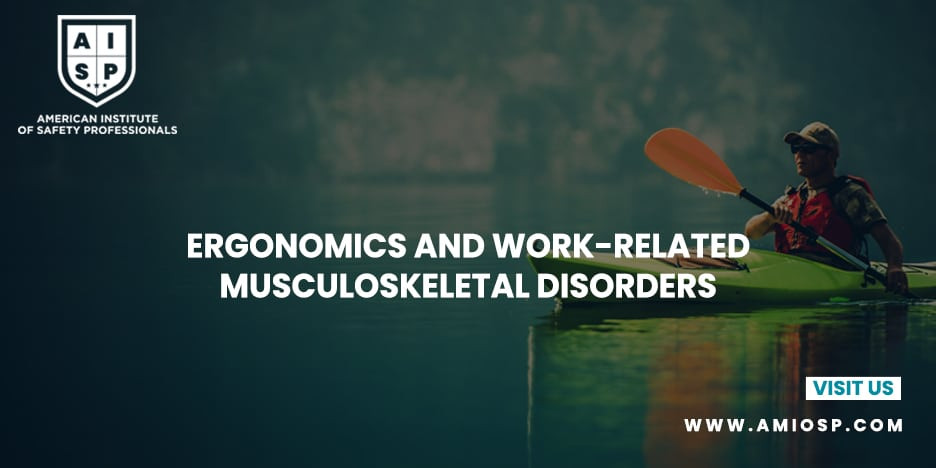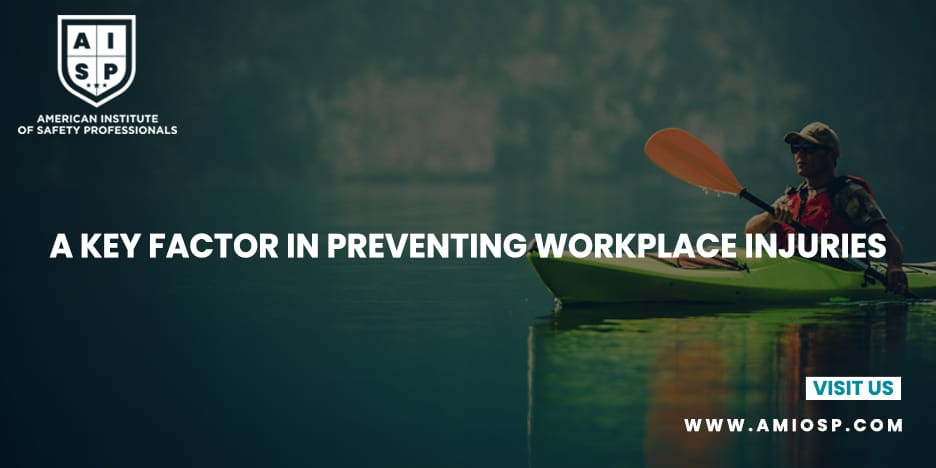Personal Protective Equipment (PPE) plays a crucial role in
ensuring the safety of workers who handle hazardous materials. These materials
can pose various risks, including chemical exposure, fire hazards, physical
injuries, and biological contamination. In this blog post, we will explore the
importance of PPE in hazardous materials handling, its different types, and
best practices for its selection and use.
The Importance of PPE in Hazardous Materials Handling
The primary purpose of PPE is to protect workers from
potential hazards in the workplace. When it comes to hazardous materials
handling, PPE acts as a barrier between the worker and the hazardous
substances, minimizing the risk of exposure and associated health effects. PPE
also provides protection against physical hazards, such as cuts, impacts, or
punctures.
PPE serves as the last line of defense when other control
measures, such as engineering controls or administrative controls, are not
sufficient to eliminate or reduce the risks. It is essential to recognize that
PPE should be used in conjunction with other safety measures to ensure
comprehensive protection.
Types of PPE for Hazardous Materials Handling
There are various types of PPE designed to address specific
hazards associated with hazardous materials handling. The selection of
appropriate PPE depends on the nature of the hazard and the level of protection
required. Here are some common types of PPE used in this context:
a. Respiratory Protection: Respirators and masks protect
against inhaling hazardous gases, fumes, or particles. They come in different
forms, including disposable masks, half-face or full-face respirators, and
self-contained breathing apparatus (SCBA) for environments with
oxygen-deficient or toxic atmospheres.
b. Eye and Face Protection: Safety goggles, face shields, or
full-face respirators with integrated eye protection safeguard against chemical
splashes, flying particles, or harmful radiation. They should provide a secure
and comfortable fit to prevent any gaps that may allow exposure.
c. Protective Clothing: Coveralls, suits, gloves, and boots
protect the skin and prevent direct contact with hazardous substances.
Chemical-resistant materials are used to provide a barrier against corrosive or
toxic materials. The level of protection required depends on the specific
chemicals being handled.
d. Hearing Protection: In environments with high noise
levels, earplugs or earmuffs protect against hearing damage. Prolonged exposure
to loud noises can lead to hearing loss and other auditory problems.
e. Head Protection: Hard hats or helmets protect against
falling objects, impacts, or electrical hazards. They are essential in
environments where there is a risk of head injuries.
Best Practices for PPE Selection and Use
To ensure the effectiveness of PPE in hazardous materials
handling, it is important to follow best practices for its selection, use, and
maintenance. Here are some key considerations:
a. Conduct a Hazard Assessment: Identify the specific
hazards associated with the materials being handled and assess the level of
protection required. Consider factors such as the toxicity, flammability,
corrosiveness, and physical properties of the materials.
b. Select Appropriate PPE: Choose PPE that is designed to
provide protection against the identified hazards. Ensure that it meets
relevant safety standards and regulations. Consider factors such as
compatibility with other equipment, comfort, and durability.
c. Train and Educate Workers: Provide comprehensive training
to workers on the proper selection, use, and maintenance of PPE. Ensure that
they understand the limitations of PPE and know how to properly don and doff
the equipment. Regularly reinforce the importance of PPE usage through
refresher training.
d. Proper Fit and Maintenance: PPE should fit properly to
provide effective protection. Conduct regular checks to ensure that PPE is in
good condition, and replace any damaged or worn-out equipment. Clean and store
PPE according to manufacturer guidelines to prolong its lifespan.
e. Establish a PPE Program: Develop a written PPE program
that outlines the requirements, procedures, and responsibilities related to PPE
usage. Include protocols for PPE selection, training, maintenance, and periodic
review of the program.
Conclusion
Personal Protective Equipment plays a critical role in
ensuring the safety of workers involved in hazardous materials handling. By
providing a barrier against potential hazards, PPE minimizes the risks of
exposure and associated health effects. Proper selection, use, and maintenance
of PPE, combined with other control measures, create a comprehensive safety
strategy for hazardous materials handling. By prioritizing the use of
appropriate PPE, organizations can protect their workers, prevent accidents,
and promote a culture of safety in the workplace.












0 comments
No Comments